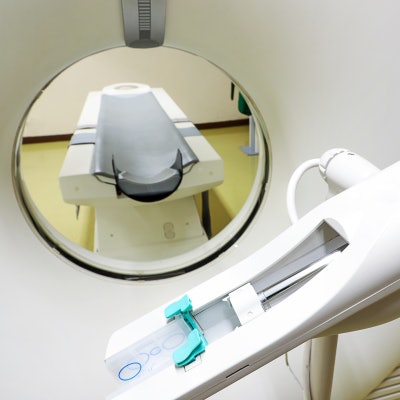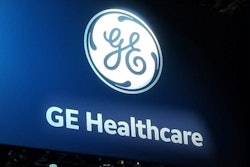
There may be a light at the end of the tunnel for the global shortage of iodinated contrast media. GE Healthcare said on June 2 that a contrast manufacturing plant in Shanghai, China, will return to close to 100% production of contrast media next week.
In a press statement, GE said that production volume at the Shanghai facility is expected to reach close to 100% starting the week of June 6. The company said it expects that hitting the milestone will help alleviate the ongoing shortage of contrast media that has been a problem for radiology providers since April.
"This will enable us to restabilize our global supply of iodinated contrast media," GE said in the communiqué. "We will continue to work with impacted customers to help them plan several weeks ahead as supply progressively recovers."
The crisis began in April when authorities in Shanghai implemented stringent lockdown measures in the city in response to a new outbreak of COVID-19. The lockdown dramatically affected production at a GE facility that produces a large volume of GE's Omnipaque (iohexol) agent, which is widely used to provide better visualization of anatomy in CT and x-ray studies. The shutdown also affected shipments of Visipaque, another iodinated contrast medium.
Healthcare providers soon began reporting shortages of Omnipaque and offered guidance to their members on how to adapt. In particular, the shortfall affected facilities that relied primarily on Omnipaque as their preferred contrast material.
GE responded by shifting production to other facilities, such as a manufacturing plant in Cork, Ireland. It also worked to resume production at the Shanghai plant, which hit a 60% production level on May 21, a number that soon rose to 75%.
Imaging experts have offered a number of solutions to manage the crisis. The recommendations included triaging exams to determine if some could be performed without contrast or using other imaging modalities like MRI that did not require iodinated contrast media.
Over the longer term, some observers have suggested that the current shortage could be a sign of the times as supply-chain disruptions caused by COVID-19 continue to ripple through multiple industries around the world. Setting up a diversified network of suppliers is one strategy healthcare providers can use to limit their risk, experts advise.




















